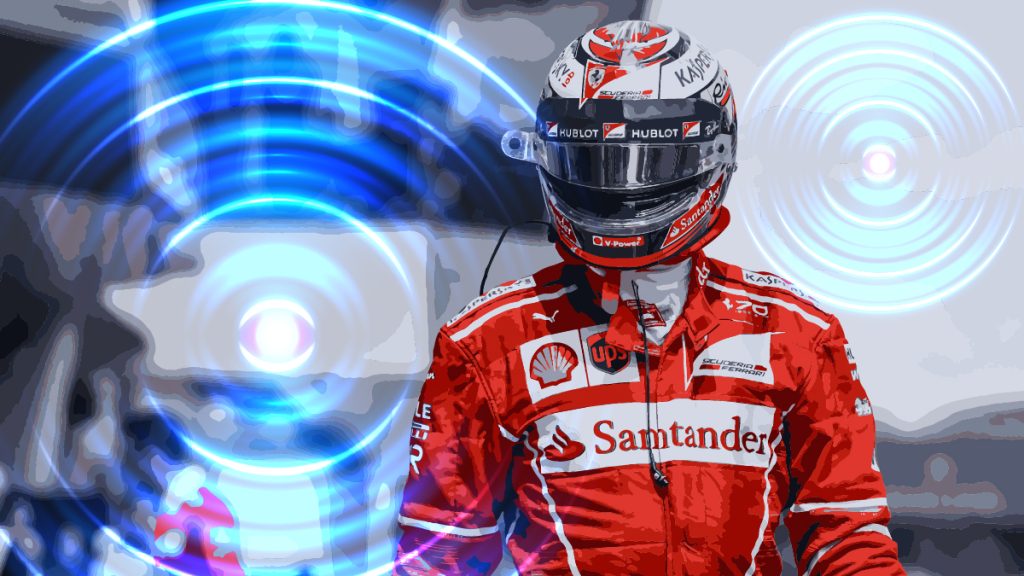Racing with Technology

One of the most dangerous sports in the world. That doesn’t have to be the case anymore, with various techs being implemented in the sport to make the cars operate better, greener, and safer. Over the years, Formula 1 adapted different technologies to finetune the vehicles while making the whole process more efficient and safer for the driver. One question poses itself can the tech make the driver? Or is it the skill level that wins the race?
Tech in Formula 1
F1 teams started utilizing two wifi technologies in 2017: 5 GHz 802.11ac and multi-gigabit 802.11ad Wi-Fi. With the aid of this technology, an F1 car can wirelessly communicate data while navigating the pit lane. It sends the data much faster when it’s within a four-meter range of the garage, with download rates of up to 1.9GBits per second. Thus, one gigabyte of data can be transferred in less than five seconds. The data relay keeps the drivers and the team in the loop and ahead of any malfunction.
Moreover, major collisions like Romain Grosjean’s in Bahrain in 2020 demonstrate the life-saving power of the halo device. A titanium strip that shields the driver’s head from objects landing on the cockpit, and the HANS (head and neck support) device, which tethers the driver’s helmet and prevents them from breaking their neck in an impact, today’s cars are safer than ever before.
A Formula One engine is the top predator in the automotive industry, with its cylinders experiencing 50,000 mini-explosions to power the pistons and internal temps of 2,750°C. However, the material going into the engine has altered. E10 fuel, 10% of the mixture is plant ethanol. The sport’s eco-credentials will be enhanced by this move, albeit at a slight loss of horsepower.
Being a Formula One Driver Is No Small Feat
Becoming a formula driver is extremely difficult. It takes a lifetime of effort, time, talent, practice, training, dedication, and work to become a Formula 1 driver. Aside from the low chances of becoming a driver since there are only 20 F1 drivers in the world at any particular time, driving in F1 also costs more money than most people will ever see.
Furthermore, the physical torment that these drivers have to go through. They must remain in peak physical conditions to even survive a race. The G force pulling them down and the heat coming from the engine force every driver to lose almost 3 kilos each race. They also have to have fantastic driving talents, pass many exams and have the sharpest reflexes in the world.
Summary
Technology is driving a formula one forward. But we can always uphold the importance of the driver. A driver needs to juggle between driving a mechanical wonder and keeping an eye on the slightest of changes so they can react and make the split-second decision that can save their life and the lives of other drivers. In the race between data and driver skill, the drivers remain in the lead.
Inside Telecom provides you with an extensive list of content covering all aspects of the tech industry. Keep an eye on our Intelligent Tech sections to stay informed and up-to-date with our daily articles.
